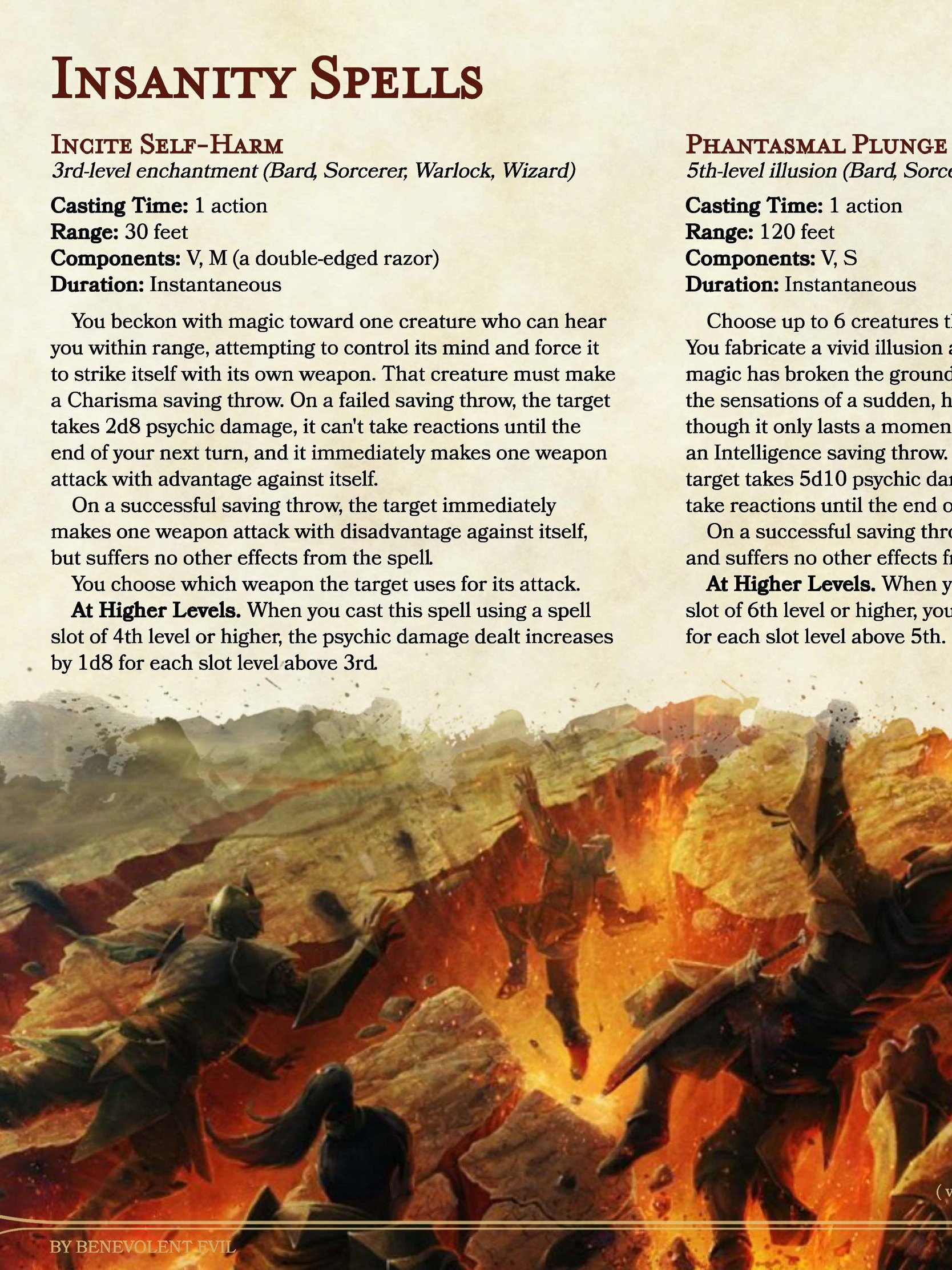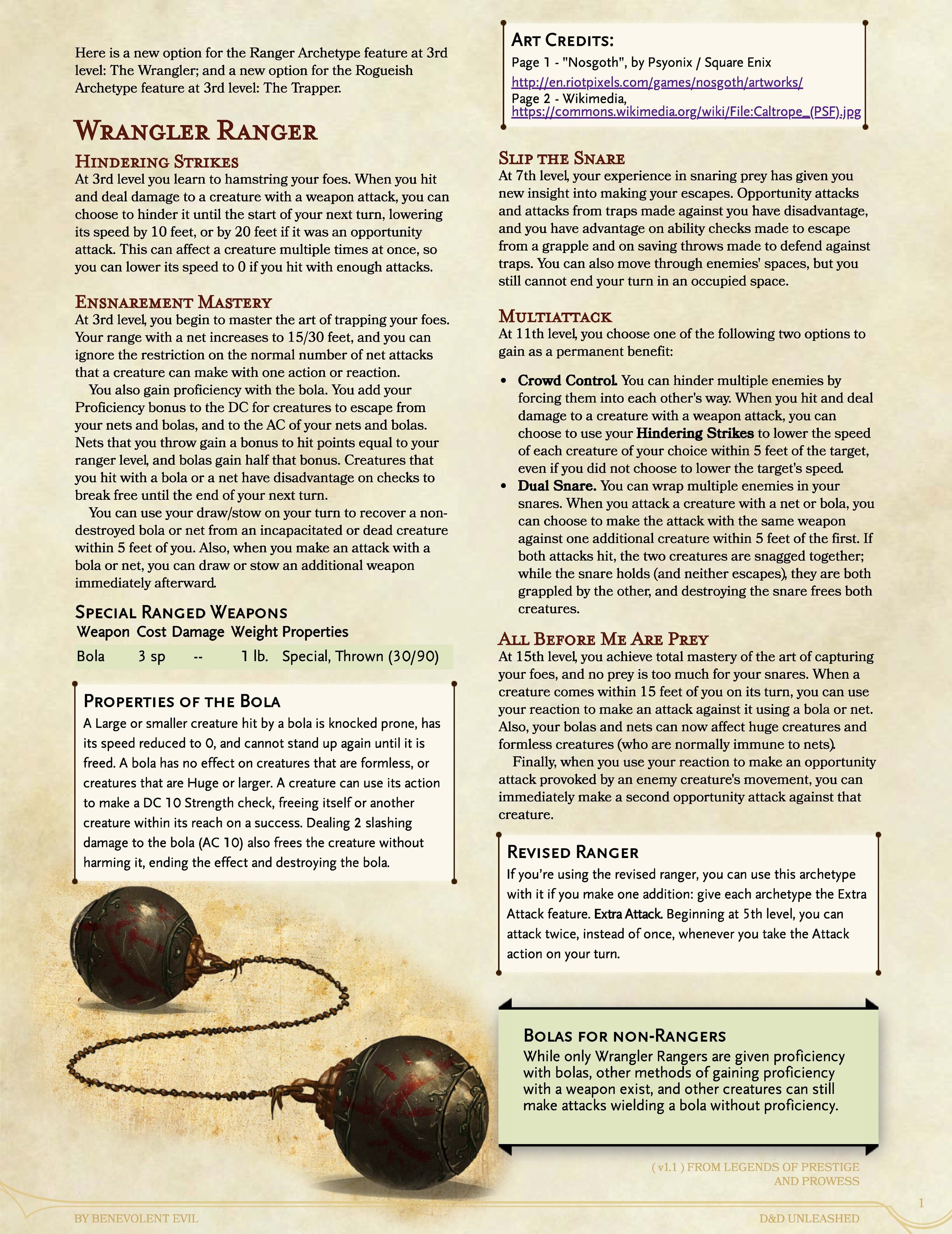Example Character: Rogue / Leader
The recently released preview of the Leader Prestige Class enables players to build characters with less personal combat ability and more skill in directing, inspiring, and coordinating allies around them. There are myriad examples of these kinds of characters in fiction, from Artemis Fowl to Professor X to Locke Lamora. Today we'll be looking at an example build of such a character -- a Rogue / Leader build who will spend entire rounds in combat without making an attack or casting a spell, but winning the fight for their team as they do so.
We'll be calling this nonmagical strategist character "The Tactician." The Tactician is level 9, with 6 levels in the rogue base class and 3 levels in the Leader prestige class. The choice of rogue subclass is important for this example: we're going to build the Tactician as a Mastermind rogue, the subclass from the Sword Coast Adventurer's Guide, to maximize the feeling of a non-combatant combatant. So how is the Tactician built to achieve that?
We start the Tactician's journey with 5 levels in the Rogue class. To meet the prerequisites for the Leader prestige class, the Tactician ends up with an 11 in Wisdom and Charisma as well as a 13 in Intelligence, which might require some lower Constitution for the Tactician. Alternatively, the Tactician could focus on Charisma, taking it to 13 and leaving Intelligence lower — but we’ll be using an Intelligence build in this example. At 2nd level the Tactician gains expertise, and the Tactician chooses Investigation for one of the skills. Then at 3rd level they choose the Mastermind subclass, enabling them to make use of their bonus action each turn to aid their allies with tactical advice and clever commands. When the Tactician finally reaches level 6, they make that their first Leader level, and choose two stratagems that make use of an action:
Warlord's Strike
You can use an action to grant one ally the option to use their reaction and make one weapon attack against a creature of your choice that you can see within 30 feet of you, with a bonus to the attack roll equal to your leader level. If the ally has an Extra Attack feature, they gain a bonus to the damage roll equal to your proficiency bonus.
"Look Out!"
You can use an action to grant one ally the ability to immediately Dodge. Once you reach 5th level, the ally can also use their reaction at the start of their next turn to Disengage.
Both of these stratagems can be used on the same turn as the Mastermind’s bonus action Help ability, enabling the Tactician to spend both their action and bonus action on most turns simply directing their allies, rather than attacking with a weapon or casting a spell. Warlord’s Strike can be used after the Help ability, giving the reaction attack advantage, so the two work together in an excellent combination that can be used in most situations. It can be very powerful when combined with hard-hitters, such as barbarians, hexblades, or other rogues — or those with strong magic weapons or weapon-based feats like Great Weapon Master. “Look Out” has the same action economy, and can also be used along with the Mastermind’s bonus action. It’s especially strong when used on an already tough and high-AC ally such as a fighter or paladin since they can keep using their action to menace the enemies even as they grant those enemies disadvantage on attacks. The Tactician can also make use of the normal Cunning Action rogue feature instead of the Mastermind’s bonus action, enabling them to throw out orders and then hide behind safety.
For the Tactician’s 7th level, they take a 6th level in rogue for additional expertise. Then the Tactician takes Leader as their next two levels, taking them to Leader 3. They must choose Leadership Expertise options and a 3rd stratagem. The Tactician now has 5 different expertise skills, so it matters little what we choose for this example. They select Versatile Communicator, enabling the Tactician to use stratagems even while hiding around a corner. Formation Master could also be useful for the Tactician given their shorter range. Finally, the Tactician chooses a 3rd stratagem, again selecting an action-based stratagem to use along with rogue bonus action abilities:
Wolf Pack Tactics
You can use an action to grant one ally within 60 feet of you the option to use their reaction and move up to half their speed without provoking opportunity attacks. When they end this movement, you can choose one creature that is within 15 feet of the ally. The next time that ally hits that creature with a weapon attack before the start of your next turn, it deals bonus damage equal to your leader level + half your proficiency bonus.
Wolf Pack Tactics is a classic technique inspired by 4th edition’s ability of the same name. Now the Tactician can choose from three different actions: an offensive stratagem, a defensive stratagem, and a mobility stratagem, all usable each turn along with their bonus action abilities. This character in combat might wield a dagger or rapier (perhaps they are a noble that was trained in the rapier, or they grew up as a cutpurse on the streets), but they only use the weapon for opportunity attacks and other reactions. Their role in combat is one of observation, communication, and strategy, and their true weapon is naught but their mind. That doesn’t mean they’re standing still, though; the Tactician is still ducking, dodging, running, jumping, etc. to keep up and stay alive in the brisk pace of battle.
Now the Tactician is a level 9 character, but only a level 6 rogue. Those 3 rogue levels would have given them an Ability Score Improvement, a subclass feature, and the incredibly useful Evasion class feature, along with 2d6 more sneak attack damage. Instead, the Tactician gains an extra skill proficiency and extra expertise, and is able to constantly nonmagically draw out the capabilities of their allies with both a bonus action and action, forming a coherent theme often missing from tabletop gaming but everpresent in fantasy fiction. As they level up, they will be able to choose between taking more levels in Leader to represent growing the ability to make use of the skills of others (and perhaps taking Tactical Presence or the A Clever Ruse stratagem), continuing to level the rogue class to represent training their own cunning abilities, or taking levels in another class entirely such as a spellcaster to represent their the discovery of a new talent or combat ability.
Overall, the Tactician is a wonderful example of how D&D Unleashed, when combined with the full breadth of the officially published 5th edition content, enables certain very familiar character archetypes that are otherwise remarkably difficult to achieve in not just this game but most tabletop games.








